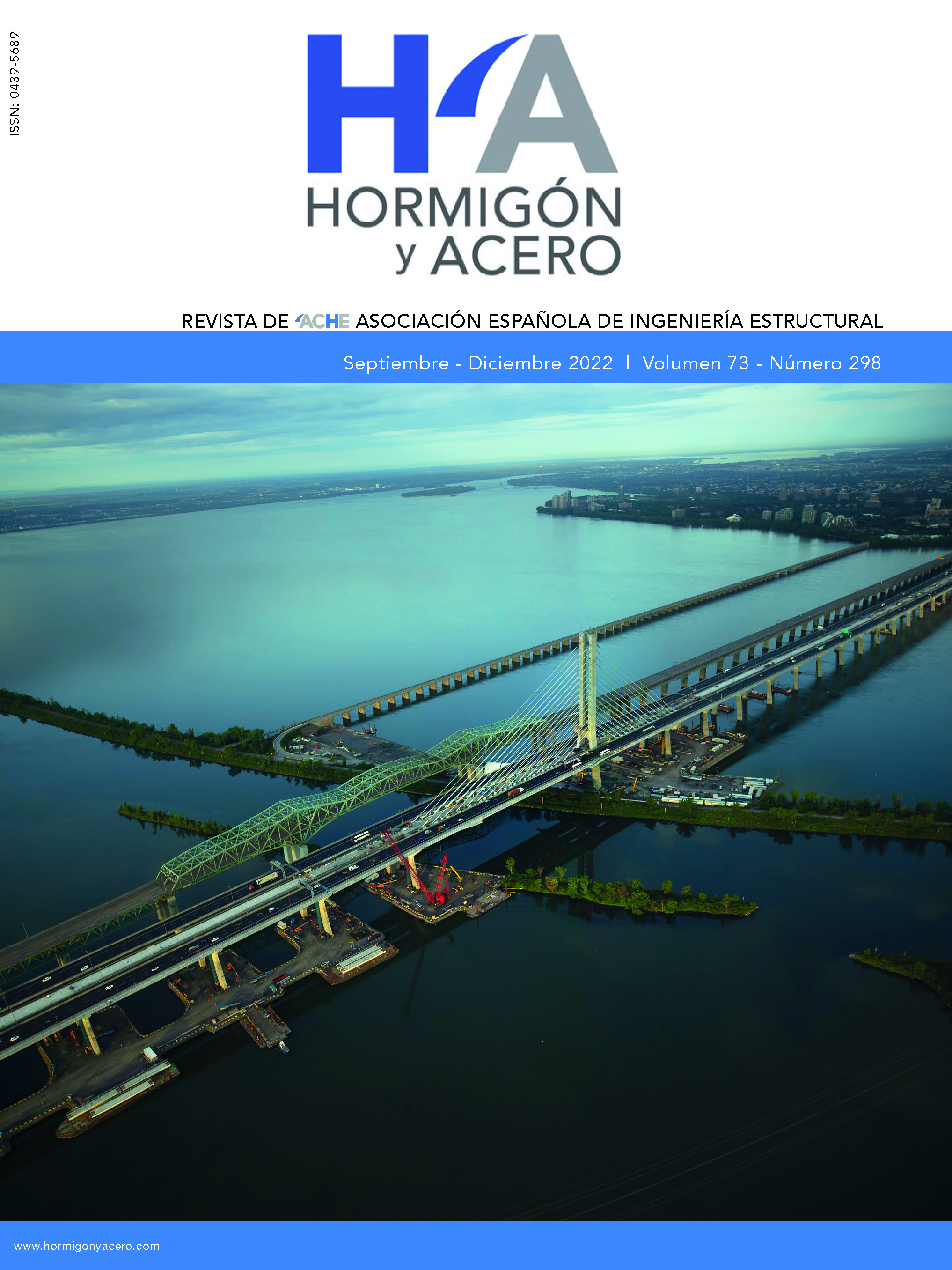Diseño, Construcción y Capacidades del Large Universal Shell Element Tester
Resumen
El Large Universal Shell Element Tester (LUSET) es un nuevo dispositivo de ensayos, desarrollado en la ETH Zúrich, el cual facilita el estudio del comportamiento mecánico, a escala real, de elementos lámina de hormigón armado sujetos a solicitaciones en sus tres dimensiones (esfuerzos combinados de elementos tipo losa y membrana). En este artículo se presentan los motivos que condujeron al desarrollo del LUSET y, adicionalmente, se describen sus componentes, el software de control y los sistemas de medición. Finalmente, se presenta una breve descripción de la serie de ensayos usada para validar la funcionalidad del LUSET, así como, un resumen de sus posibilidades.

